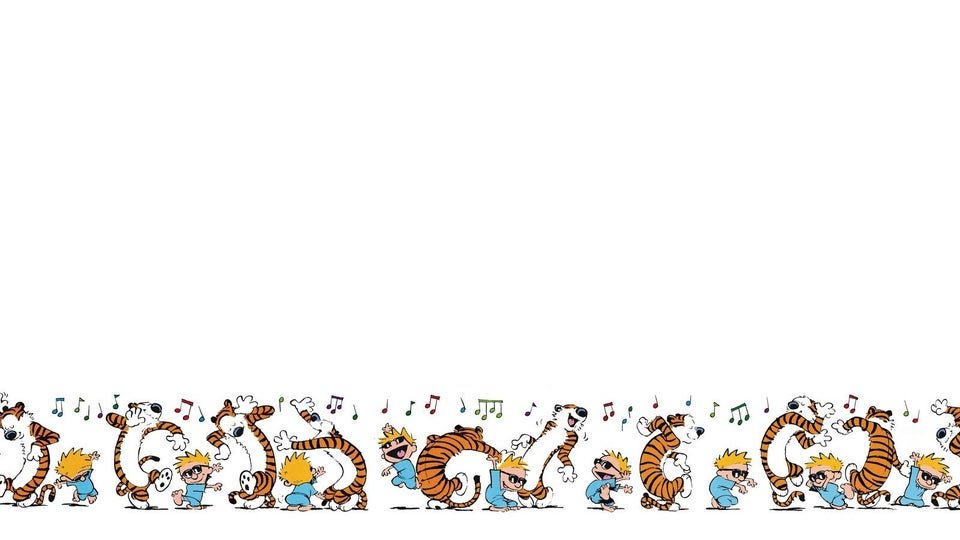
Even Dough It Started Rough, I Did Get Batter Over the Years!!
By Aderia,
IRL, Baking, Gluten, Sugar
Anyways, it's been fun to look at milestones from the past 5-6 years of my baked goods journey. Please enjoy (vicariously) snapshots of gloopy sadness and glutenous glow-ups.
My ego insists that I tell you about my natural dis-inclination toward exact measurements and the science-y part of baking (which is why I historically have had more success with cooking). But sharing sweet food with friends and family over the years has been a good motivator to improve, and there's nothing like a sporadic BZP blog post to share the progress
2018, for a sibling's birthday. This was back when I didn't know (or care) about pan sizes or icing consistency. My mindset was "It's sugar, flour, and more sugar. How bad can it be?" To be fair, it (probably) tasted good. I'm pretty sure we ate all of it, eventually. 😅
2019, for the same sibling's birthday. I had the vision, obviously not the execution. To be fair, it was a very hot summer that year, and I think this was my first attempt at homemade icing? But, yeah. ooof.
To be fair! It was eaten and did not go to waste!
2020, this sibling is very spoiled, and finally had a cake from big sister that stood up on its own!! Progress never tasted so good! (probably, I don't actually remember at this point what flavor this was)
2021, Valentine's brownie/cake. This is when I decided to care about form factor and presentation more. Boxed brownie mix and store-bought icing all around - two modern marvels that I will never cease to love.
2022! This is the year I stepped it up because suddenly there were in-laws to impress! Lemon raspberry cake, got my whole baking pan situation sorted and took homemade icing seriously. I've found the YouTube channels Binging with Babish and Preppy Kitchen to be the most helpful (educational, practical, and instructional), and you can probably tell!
But also, I found that I had more free time on the weekends with a job change. Moving from a physical warehouse job to a sedentary office job during this year was interesting - when I had a physical job, my hobbies outside of work were much more internal and sedentary. I got a lot of reading and writing done in these time period. When I changed to an office/teaching job, my hobbies almost immediately changed back to tactile and physical (knitting, cooking, baking, hiking). Funny how balance just kind of happens sometimes.
Pies, scones, muffins, cupcakes, and a few other desserts were also explored in this year. In a slightly broader scope, we also tried some fun international dishes at home, like pupusas, baozi, and spring rolls!
2023 cakes, and many other baking ventures happened this past year. Here are some of the highlights. It also helps that I changed jobs and had an office to share these baked goods with (as opposed to the old warehouse gig).
Apple Butter Maple cakes, from Preppy Kitchen. I actually broke a crock pot trying to make apple butter from scratch for the filling 😱
The small cake on the right is gluten and dairy free, and underneath the passable icing, was a DISASTER. Still learning the intricacies of the GF/DF world for the sister-in-law. Thankfully there are many box mix options now!!
Pink brownie cakes for niece's birthday. Had some fun with icing piping bags and nozzles, but have yet to actually get into decorating (may not actually happen. There's still that primal battle between "make it look nice" vs "it's all going to the same place", so there's a limit to my dithering.
Christmas Babkas! Technically not cakes, but after many attempts at sourdough that were meh at best, babka sounded like sufficient, sweet, and swirly compromise for a dough-based challenge.
2024 has yet to see large-scale baking productions - just some congratulatory oreo cupcakes to welcome a new nephew, and a batch of Hong Kong egg tarts that were a funky texture 😝.
Anyways, that's a slice of my life recently (wink!) and I'm always excited to hear suggestions, tips, or other tales!
- Read more...
- 2 comments
- 103 views

